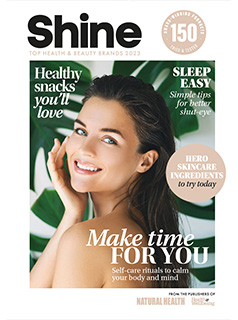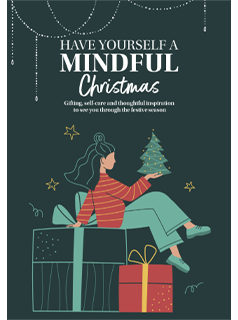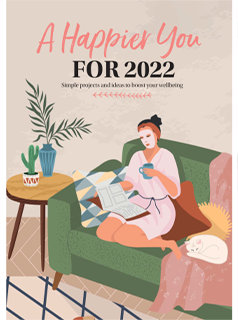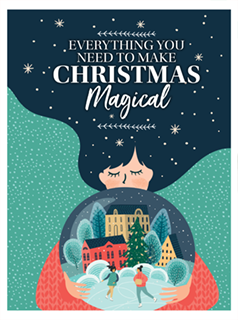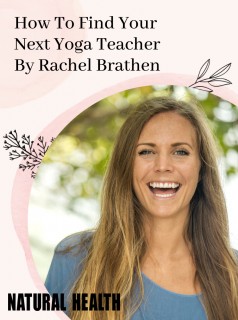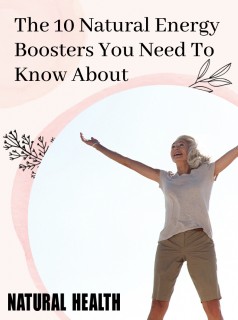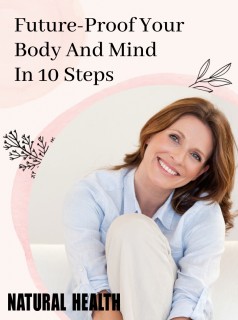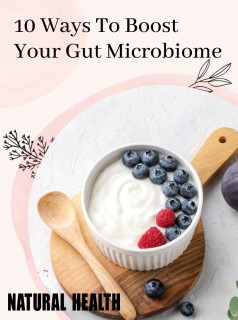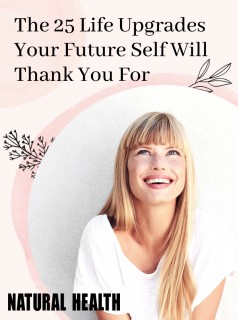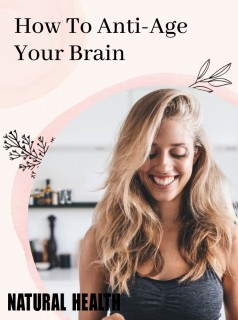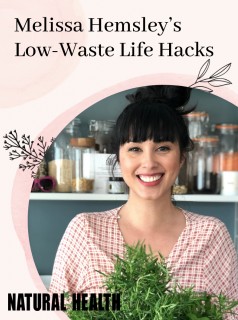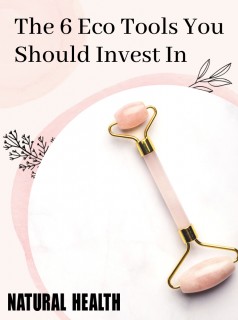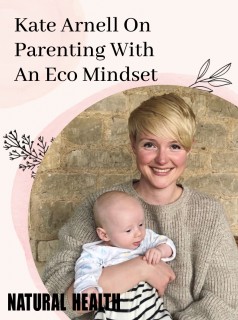The mind-body connection is never more important than when it comes to helping prevent dementia, says Jayney Goddard
Welcome to part three of this important series looking at ways that we can use holistic lifestyle strategies to address cognitive impairment and a range of dementias, including Alzheimer’s disease. In the first two parts of this series we looked at nutrition to support cognitive health; what we should include in our diets and what we should avoid – and we also looked at the importance of how we cook and the role of saturated fats and metals in the promotion of dementias.
I also explained that while developing dementia is a frightening concept, there is room for optimism. This is because the latest data coming from the field of epigenetics shows us that even if we have the genes for developing Alzheimer’s disease, certain lifestyle approaches can work to ‘switch off’ this gene – thus preventing it from developing or dramatically slowing its progression. So what else can we do to help reduce our cognitive decline?
Exercise regularly
There are three types of exercise that we need to incorporate into our lives: aerobic, resistance, and mind-body techniques, such as yoga.
Aerobic exercise elevates your heart rate which pumps additional oxygen to your muscles and brain. A brisk walk, bike ride, swim or dance class all count. It greatly influences brain structure and activity and increases grey and white brain matter, working to prevent age-related cognitive decline, and offset brain volume loss in people who already have dementia. People with early-stage Alzheimer’s who are fitter, aerobically, have less brain atrophy than those who aren’t so fit.
Exercise first thing in the morning because this spikes brain activity and helps protect you against mental stress for the rest of the day. It also increases the retention of new information and betters your reaction to complex situations.
Resistance exercise uses weights, exercise bands, and other forms of resistance to build muscles and improve endurance. Studies show that strength training twice a week enhances brain plasticity, attention and associative memory (the ability to learn new information, such as the name of someone you’ve just met). A resistance training programme can potentially stabilise white matter and prevent it from shrinking. Aim for a minimum of two 30-minute sessions each week (in addition to aerobic exercise), working all your major muscle groups – chest, arms, legs, back and abdominals. Remember to build in rest days so that your muscles can recover and grow.
Mind-body techniques including yoga, qi gong and tai chi focuses your body, mind and breath to achieve physical fitness and mental relaxation. Mind-body exercises produce benefits similar to moderate-intensity exercise, such as better lung function and lower blood pressure, even though their movements are slow, mindful and deliberate. Researchers in Hong Kong evaluated the relationship between fitness and memory in 140 older adults, and found that people who did both cardiovascular and mind-body exercises improved their ability to acquire, retain and retrieve information. Both types of exercises offer a similar memory boost and at least one session a week produces positive results.
Overall, just keep moving! Excessive sedentary time is linked to an increased risk for obesity, type 2 diabetes, heart disease and premature death – even in people who exercise regularly. Schedule in an hour or more of daily exercise, but try to move more in general. For example:
Stand up from your desk every hour and walk around the office
Cycle to work instead of driving
March on the spot while you watch TV
Take the stairs, not the lift
Park away from the shop entrance
Find an active hobby that you really enjoy.
Intriguingly, one of the most effective brain anti-ageing activities that you can undertake is ballroom dancing. This is an activity that has both physical and mental demands and therefore has a higher impact on our cognitive functioning over general exercise or mental tasks alone. The best brain health workouts involve those that integrate different parts of our brains such as coordination, the ability to respond to rhythm and strategy (such as following choreography and working with a partner). Ballroom dancing has another added secret advantage when it comes to maintaining life-long health: it necessitates interaction with other people and research suggests that regular social interaction can add approximately nine years to your lifespan.
Stress less & sleep well
The final two parts of the brain-health jigsaw include sleep and what I like to describe as ‘stress response management’. It’s really important to have effective strategies in place to optimise your wellness in these two important areas of our lives, as all the exercise and healthy eating in the world won’t offset the damage that unhealthy sleep patterns and unmanaged stress can cause. In order to offer you a really practical solution to both of these issues I have created two gifts for you that you can download from my website: JayneyGoddard.org .
The first of these is a ‘yoga nidra’ deep sleep meditation recording. It’s said that 20 minutes of yoga nidra meditation is the equivalent of two hours of deep sleep. You can use this recording at any time as it promotes deep rest and relaxation, while also ‘training’ you into better sleep patterns.
My second gift is an instructional recording to help you learn how to meditate using the ‘relaxation response’, a technique that was pioneered by my teacher Dr Herbert Benson (who’s considered to be the ‘father of mind/body medicine’) from the Harvard Medical School. The relaxation response is a hugely effective and thoroughly studied technique that dramatically improves our abilities to deal with stressors and to become more resilient to them, as they inevitably arise in our lives.
Jayney Goddard is the author of the number one bestseller Rewind Your Body Clock: The Complete Natural Guide to a Happier, Healthier, Younger You (Watkins). Visit JayneyGoddard.org
Article by
Jayney Goddard
President of the Complementary Medical Association
is the president of the Complementary Medical Association
Discover more
Article by
Jayney Goddard
President of the Complementary Medical Association
is the president of the Complementary Medical Association
Discover more


 By Jayney Goddard
By Jayney Goddard 



